
Bridging the Gap between Skill Development Planning and Practice: A Comparative Study
- By Gargi Sur and Santanu Bhowmick
- October 14, 2023
The young community is a distinct and critical force in the nation-building process. Their growth not only determines the future, but also guides the country's development. Recognising this, both state and central governments are working hard to focus on the whole development of youths, taking into account their difficulties and potential. This holistic growth spans several dimensions, from raising the standard of life to guaranteeing adequate job and livelihood prospects, which has arisen as a major problem.
As India stands at the peak of its demographic dividend, the nation's labor force is poised to expand by over 8 million annually in the coming decade. This expansion, predominantly led by the youth entering the workforce, poses a substantial challenge for policymakers. The challenge lies in creating avenues for meaningful employment for this increasingly educated demographic, paving the way for a future with decent work prospects.
In this dynamic environment, the importance of good policy execution in the areas of skill development and entrepreneurship has become critical. This sense of urgency is central to the research "Skill Development, Planning vs Practise - A Comparative Study of Sipahijala and North Tripura District, Tripura," co-authored by Gargi Sur and Santanu Bhowmick. Gargi Sur presented the paper at the International Conference on "Restructuring, Revamping, and Rebuilding Independent India: Reforms in Agriculture, Administrative, Economic, and Entrepreneurial Sectors," which was held as part of the "Azadi ka Amrit Mahotsav" at Pandit Deendayal Energy University in Gandhinagar, Gujarat.
When the Mahatma Gandhi National Fellowship team is tasked with analysing policy papers pertaining to skill and entrepreneurship development, they frequently come across precisely designed policies that carry the promise of significant social benefit. However, when compared to the facts on the ground, a striking contrast emerges. The authors discovered a significant gap between policy design and its actual implementation based on their deep experience insights collected over two years of research.
Skill development has risen to the top of the government's objective for India's labour force since 2014. This increased attention may be seen in the implementation of several programmes and plans by both state and central government. PMKVY, PMKK, DDU-GKY, and Swabalamban are notable examples of these programmes. The paper attempts to bridge the gap that frequently exists between the policy's intended aims and the complicated issues experienced during implementation.
The study employs an exploratory and descriptive research methodology, as well as a mixed-methods technique that integrates primary and secondary data. The study dives into the backdrop of Tripura, a state that is largely rural and agrarian. Tripura has seen a noticeable transition away from traditional agrarian job opportunities and into different associated endeavours such as horticulture and animal husbandry during the previous decade. This development has resulted in a shift in the state's demand for certain skill sets.
Surprisingly, women's responsibilities have shifted significantly within this developing livelihood environment. Traditionally relegated to supporting positions in agriculture, women are now taking on more active and diversified roles in a variety of businesses. As a result, the study not only examines the demand for skills generated by this changing dynamic, but it also analyses the restrictions and impediments that prevent women from accessing skill development opportunities.
The findings of the research emphasise the need of aligning policy design with the practical realities of the region. Policy frameworks may be modified to generate practical benefits by recognising the particular demands and difficulties of the local community. Furthermore, the study emphasises the need of policy flexibility in adapting to the fluid dynamics of the employment market and the ever-changing patterns of livelihood.
In essence, Gargi Sur and Santanu Bhowmick's research highlights the ongoing gap between the design and effective execution of skill development projects. India can catalyse a new age of skilled skill development and entrepreneurial possibilities by bridging this divide and proactively changing policies in response to ground-level challenges, moving the nation towards a brighter future.


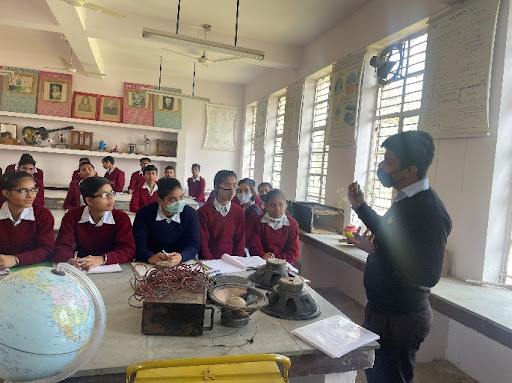
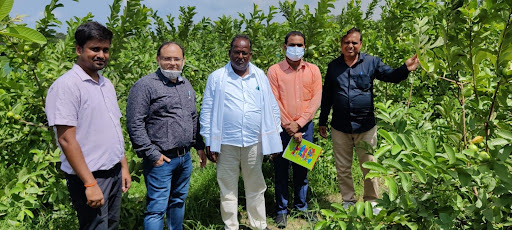


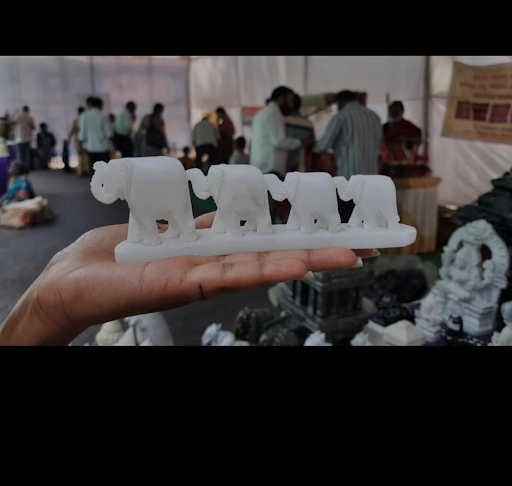
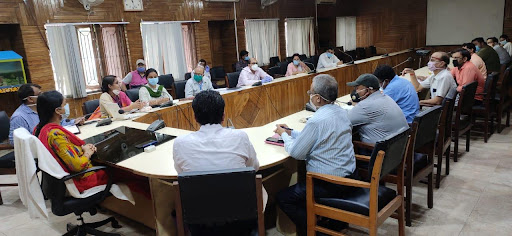

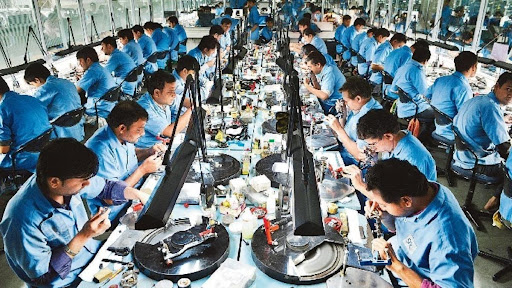

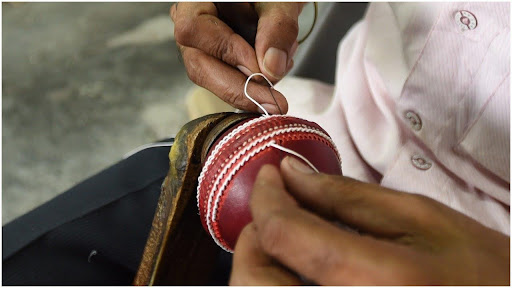


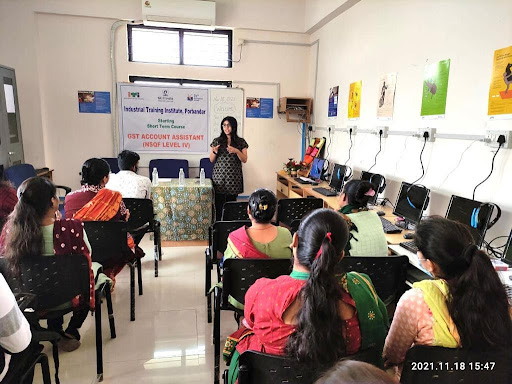
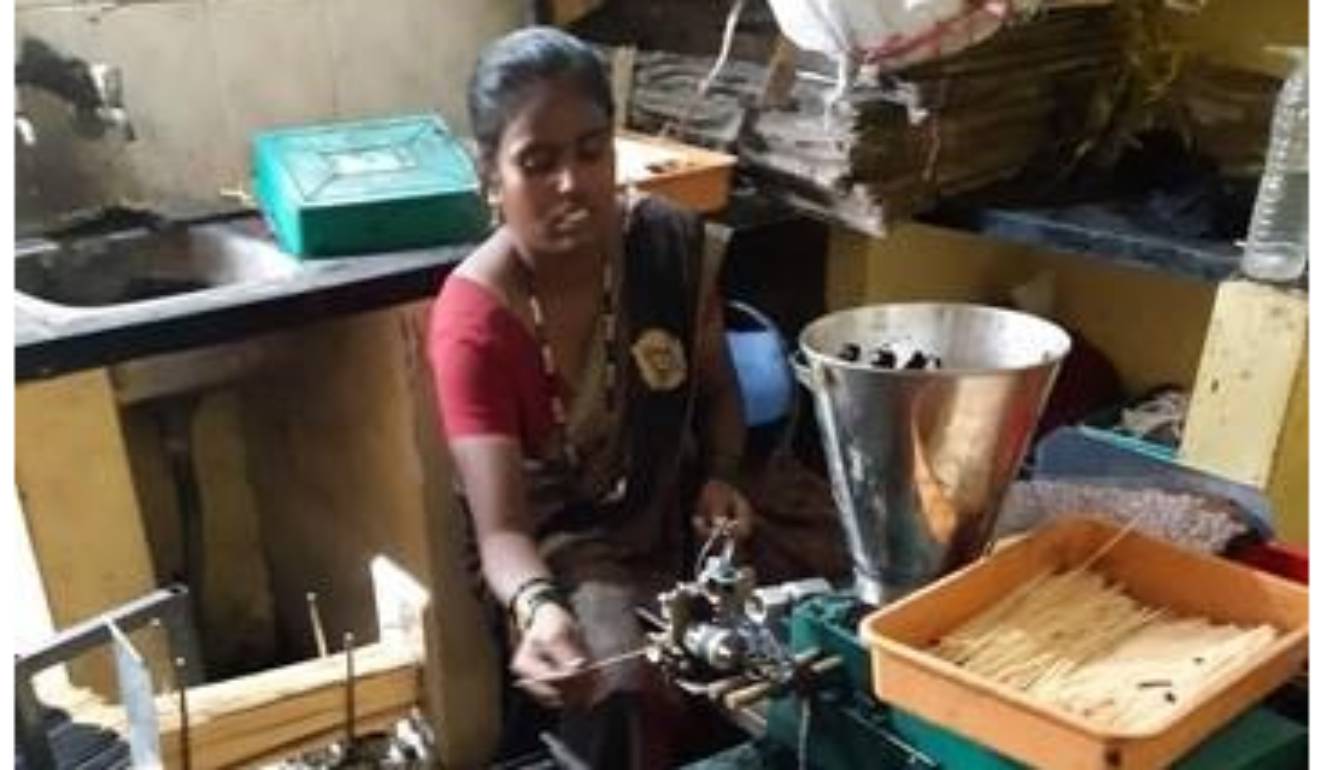



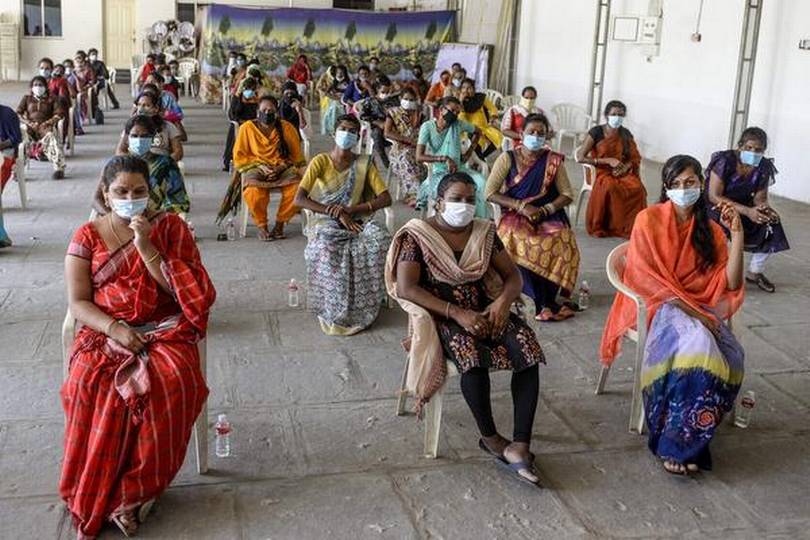








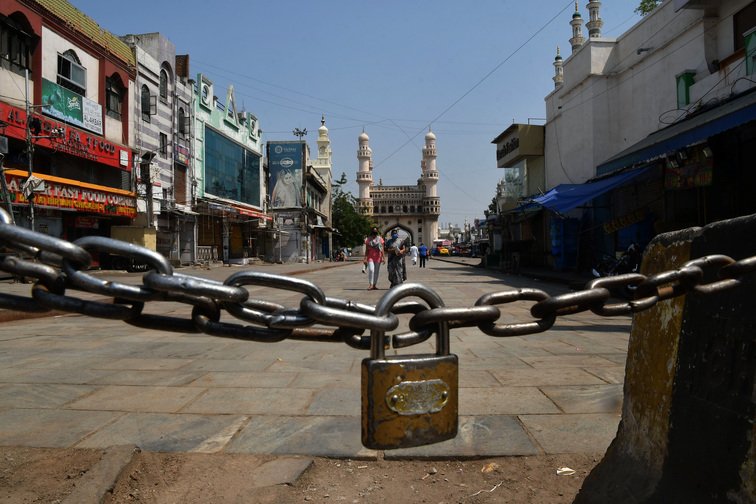




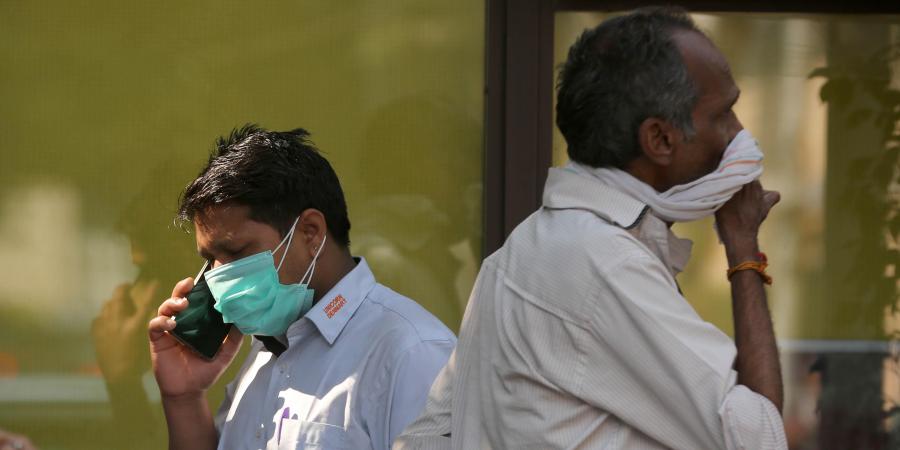


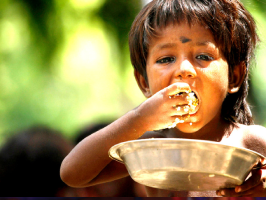
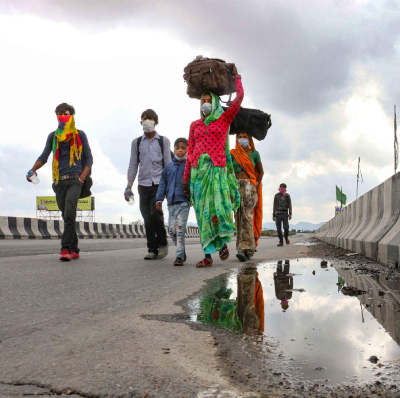
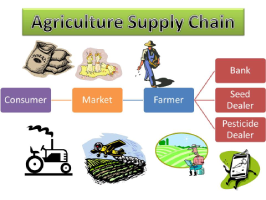
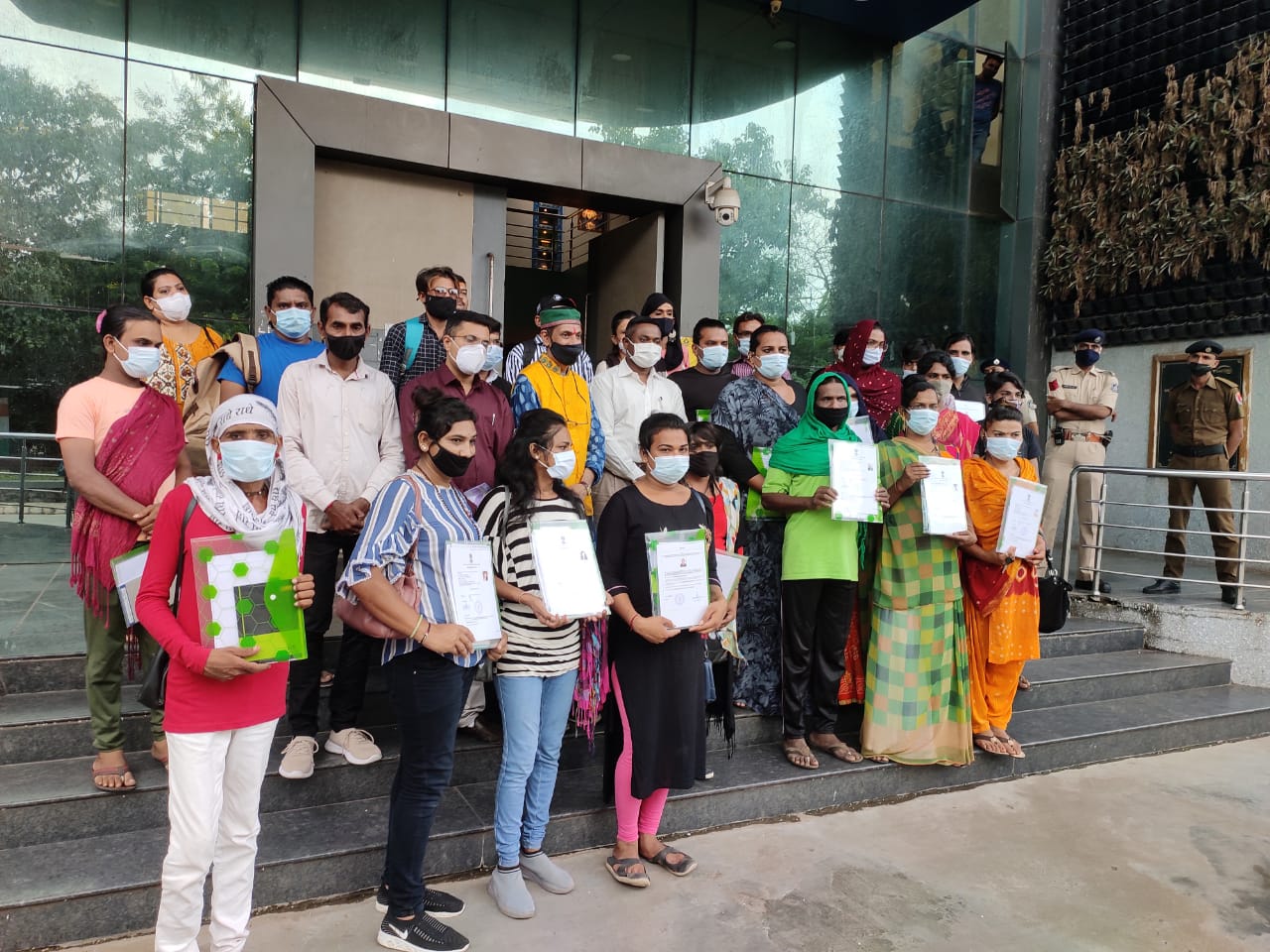
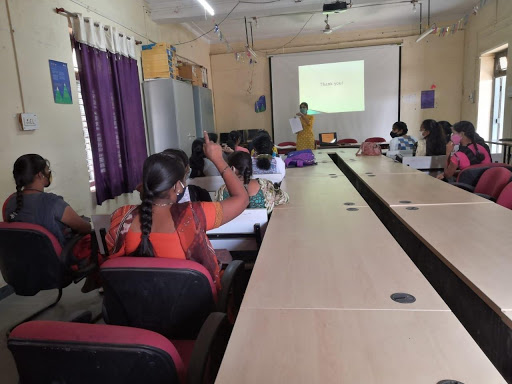



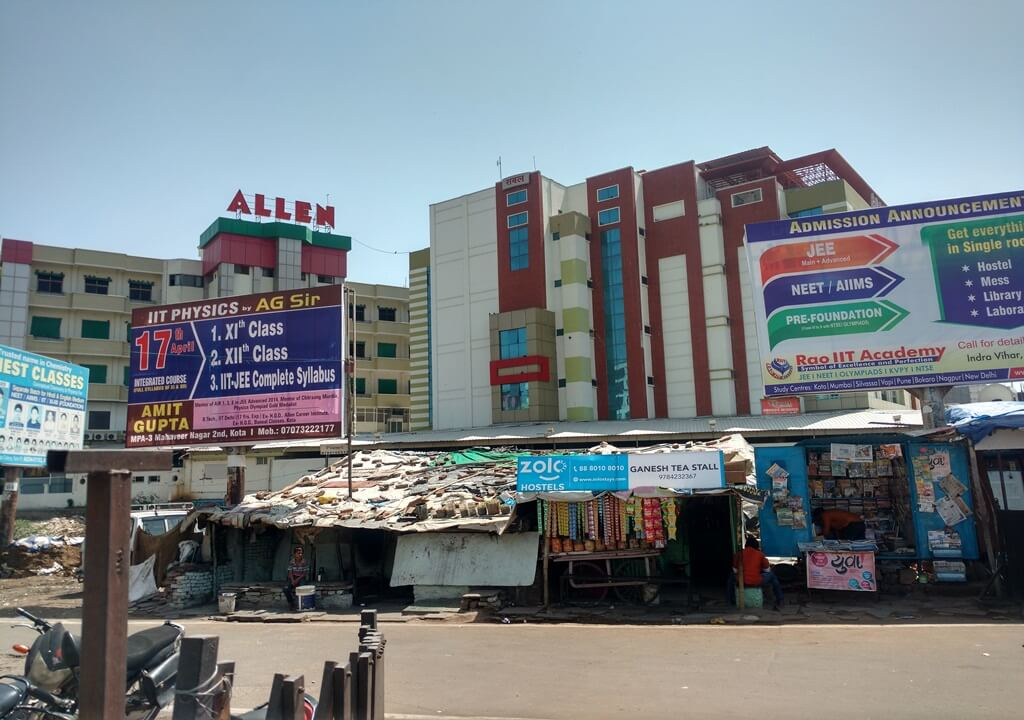
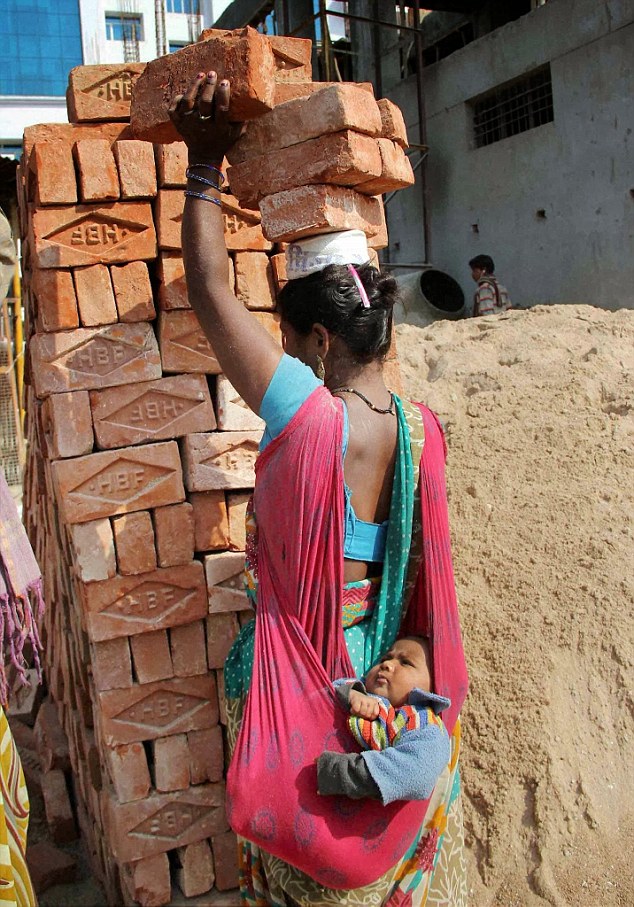



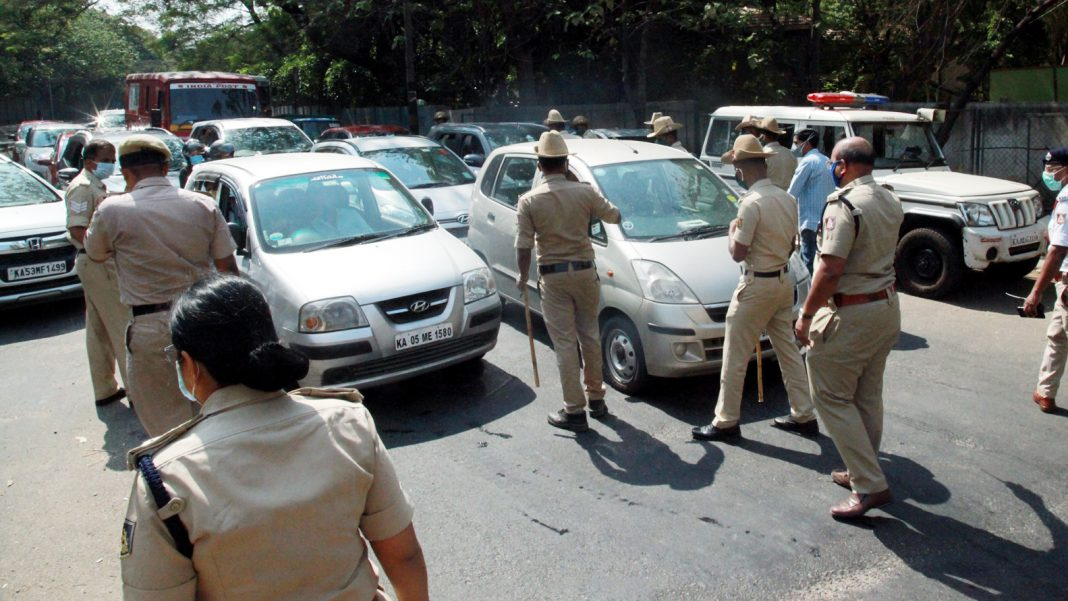


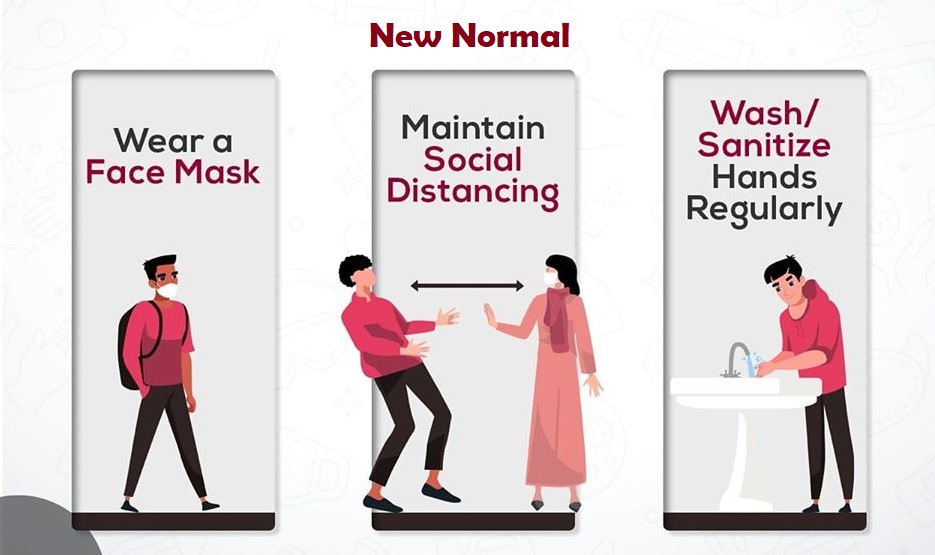



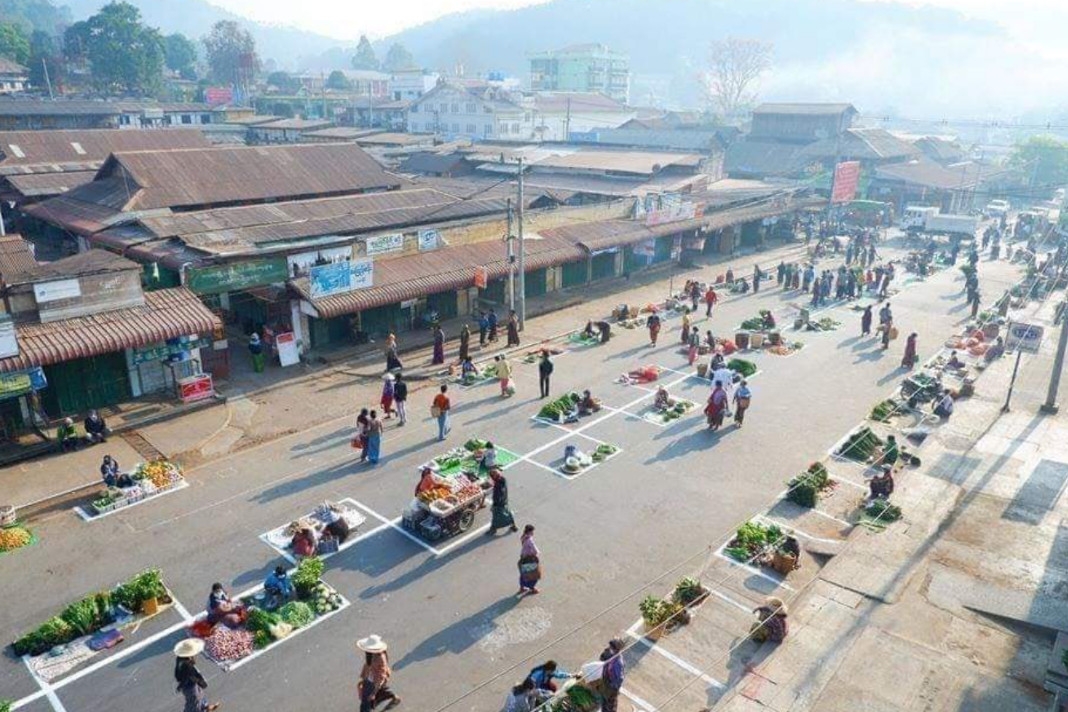
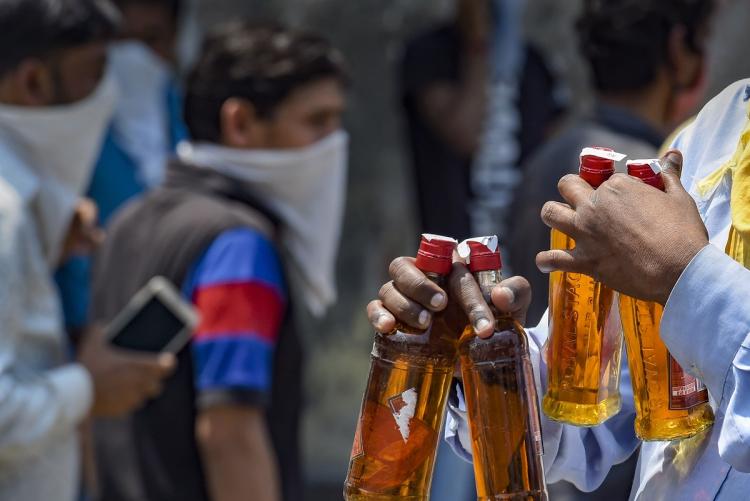
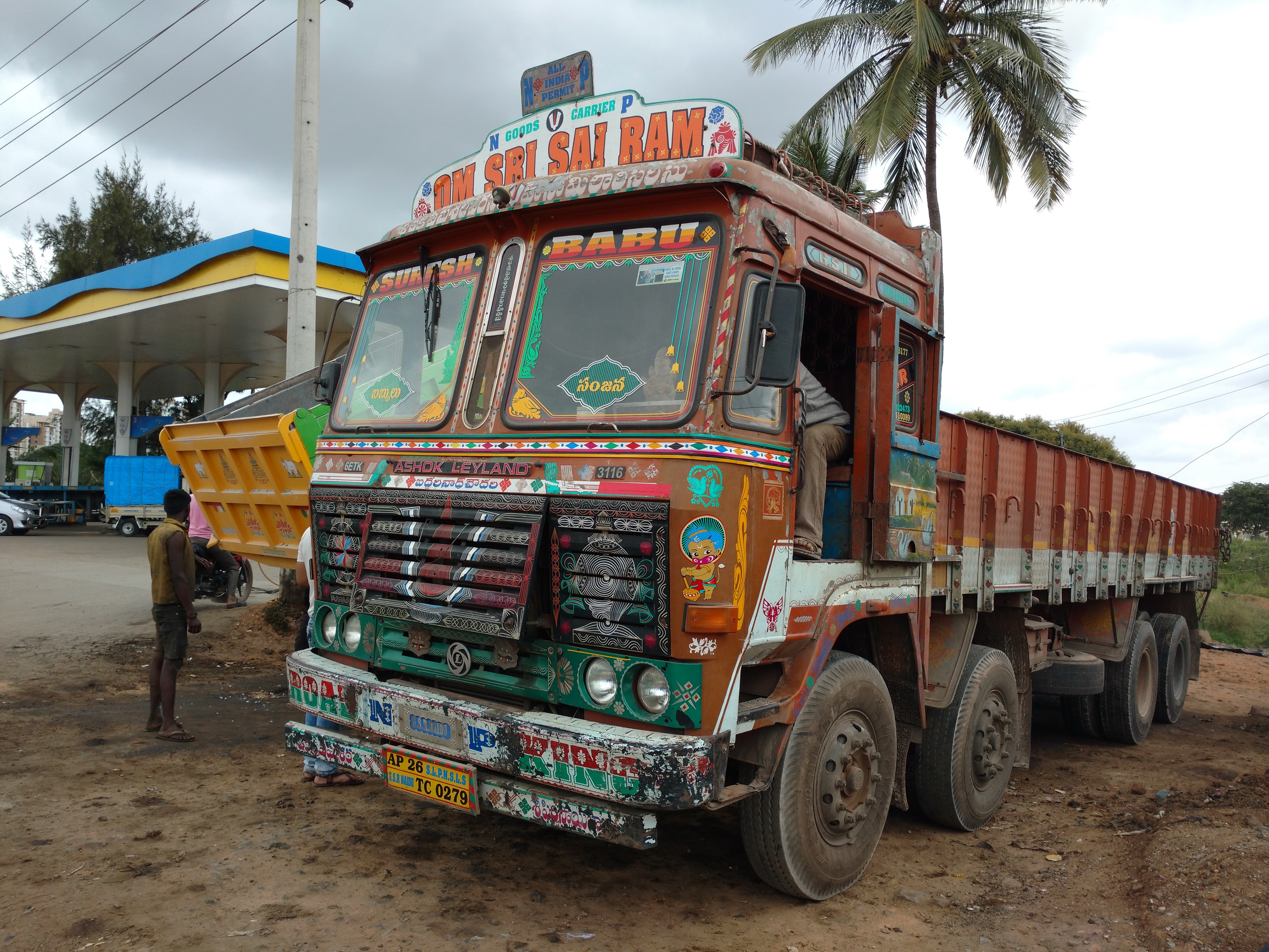

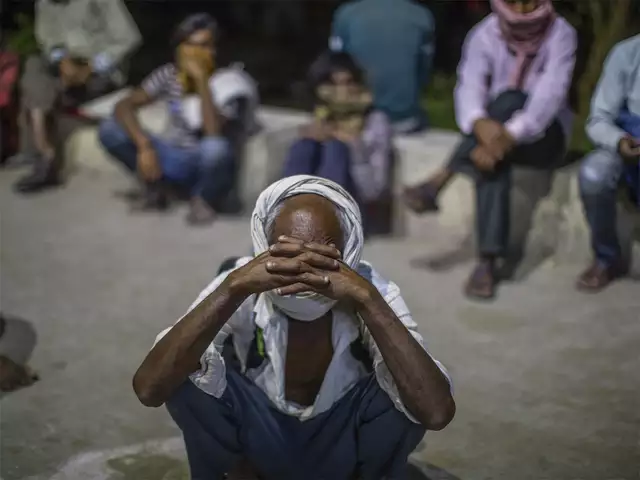

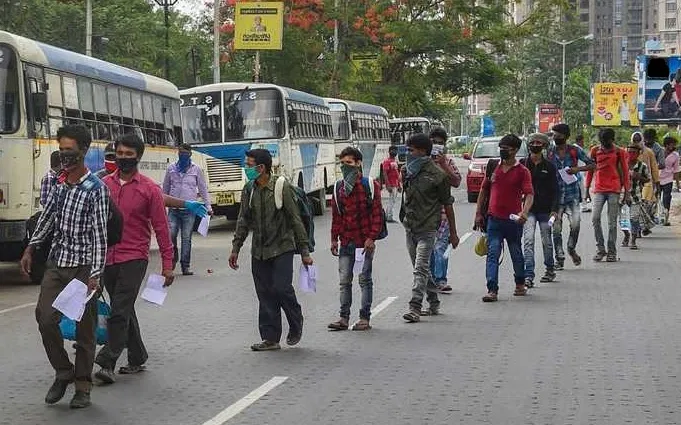



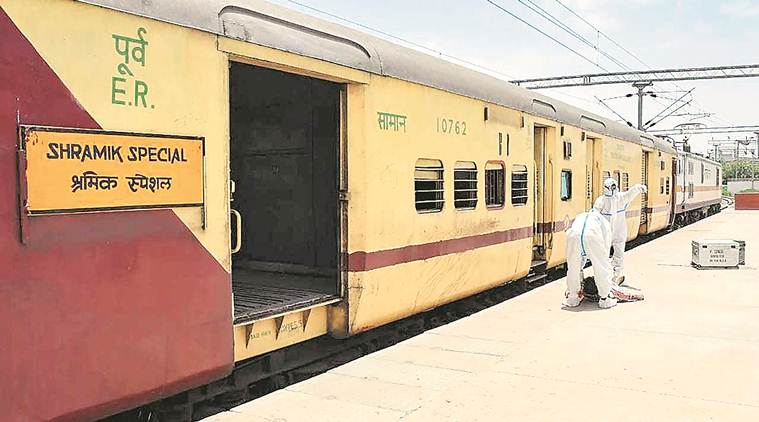




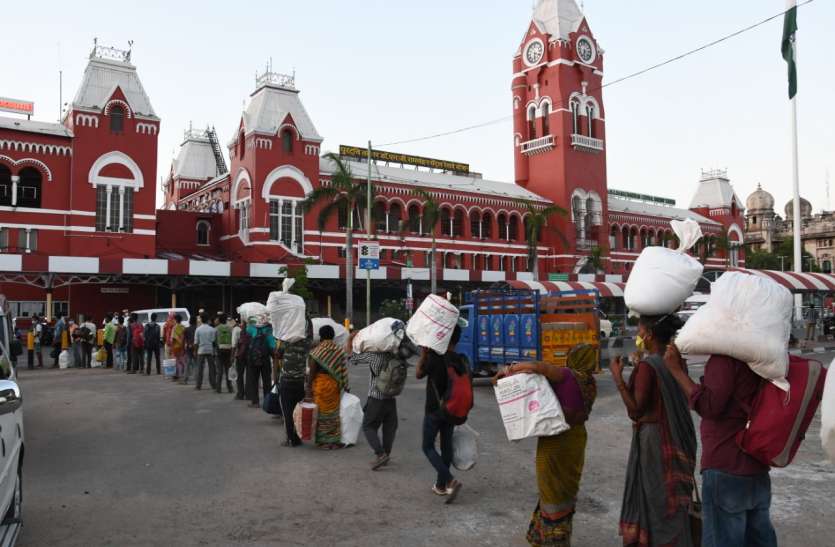
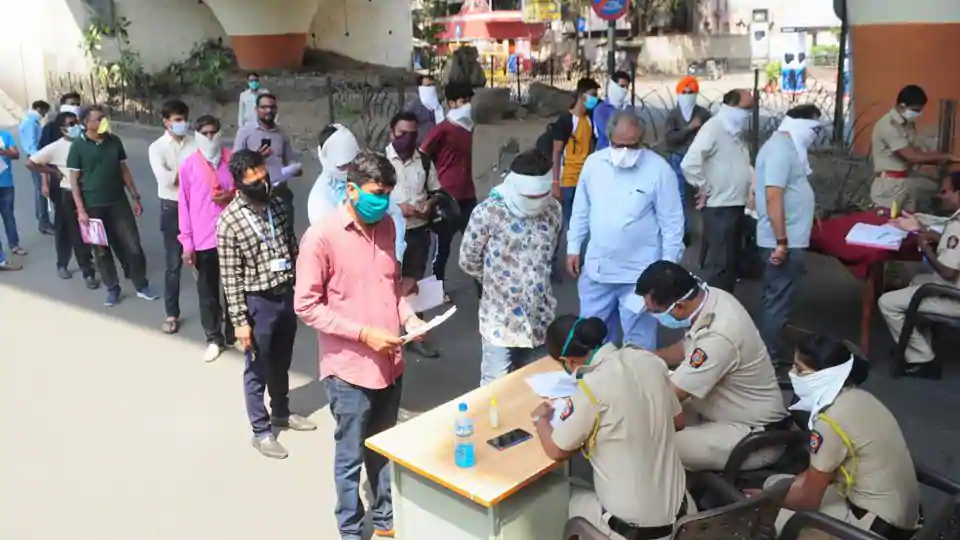
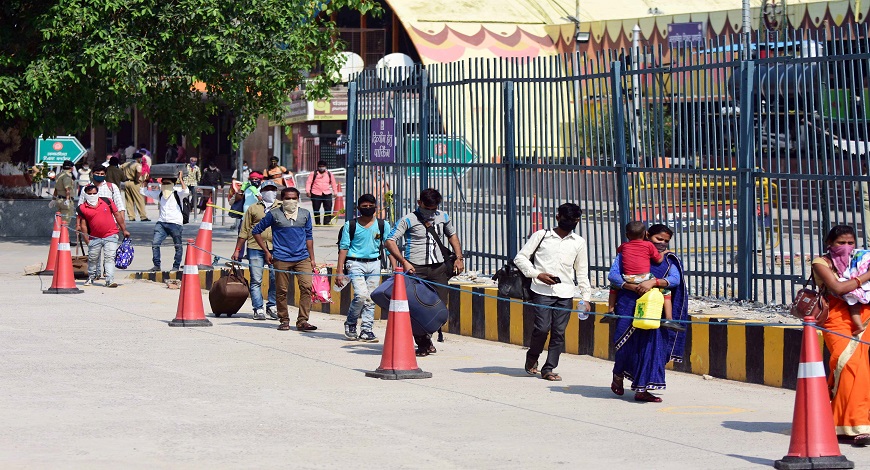
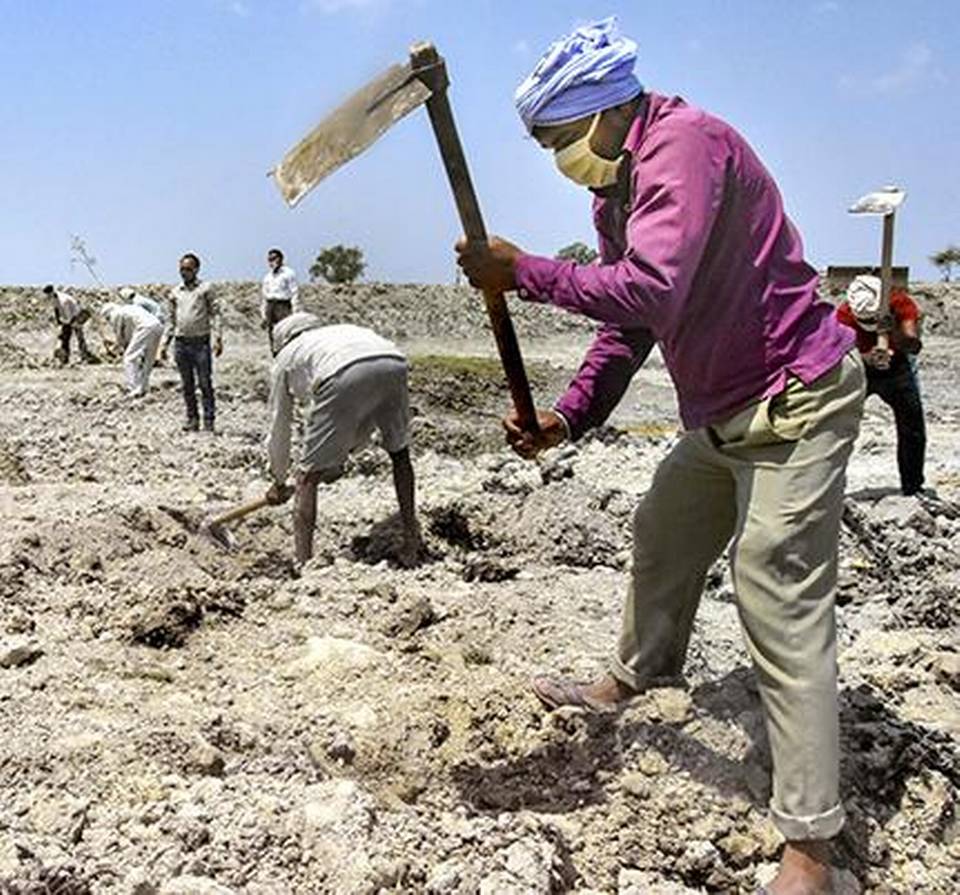
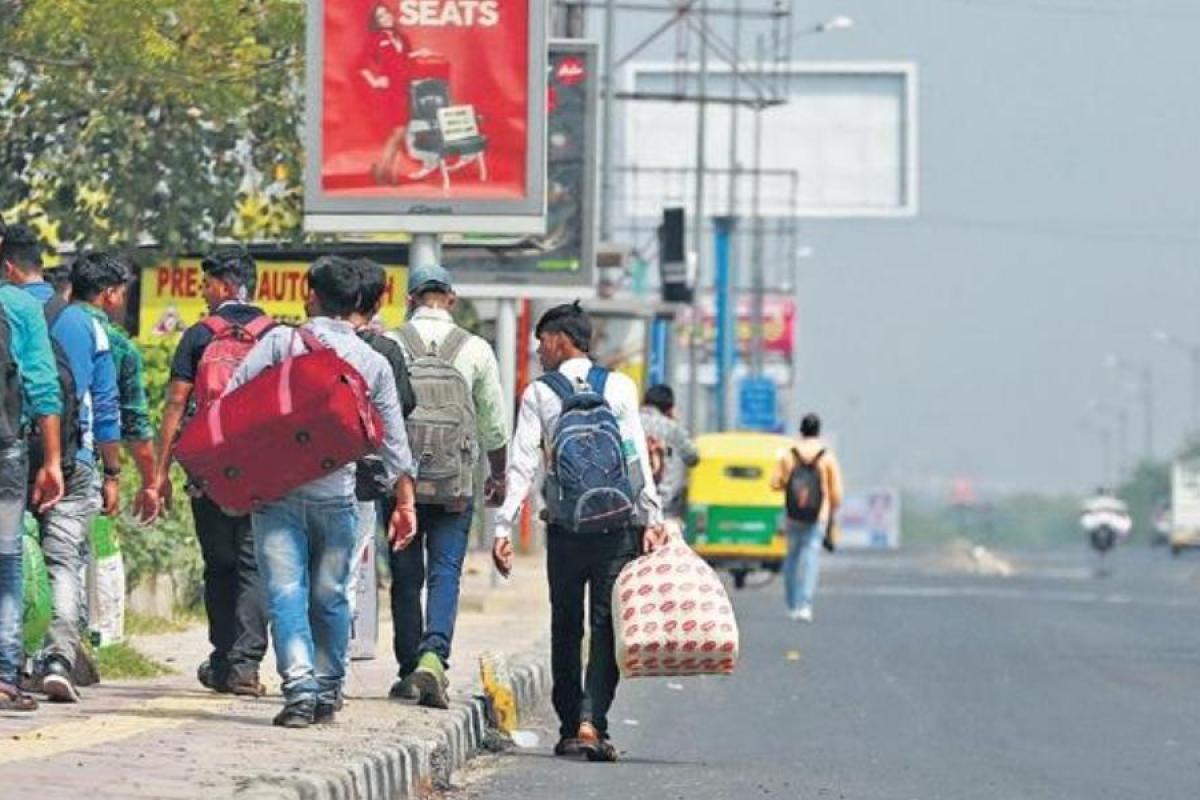
Gargi Sur
Santanu Bhowmick